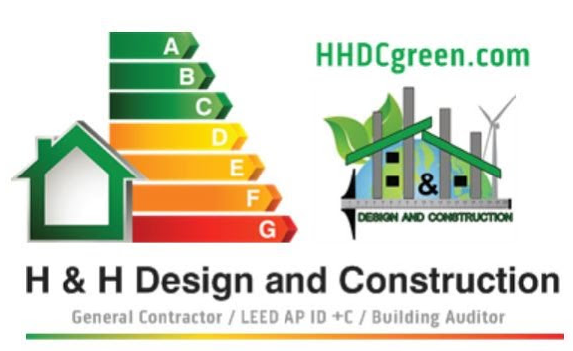 Did you know that, people spend 90% of their time inside a building? If we add together all the hours we spent sleeping, working in offices or at school people on average spend the vast majority of their time inside a building where they are constantly exposed to indoor air pollutants. The US Environmental Protection Agency, estimates that the average person receives 72 percent of their chemical exposure at home, which means that special place that you consider the safest has the great potential of hazards for your health. In fact, indoor air can be 2 to 5 times more polluted – and in some cases 100 times more polluted – than outdoor air.
Did you know that, people spend 90% of their time inside a building? If we add together all the hours we spent sleeping, working in offices or at school people on average spend the vast majority of their time inside a building where they are constantly exposed to indoor air pollutants. The US Environmental Protection Agency, estimates that the average person receives 72 percent of their chemical exposure at home, which means that special place that you consider the safest has the great potential of hazards for your health. In fact, indoor air can be 2 to 5 times more polluted – and in some cases 100 times more polluted – than outdoor air.
According to the U.S. Department of Energy, residential (21%) and commercial buildings (18%) account for almost 39% of total U.S. energy consumption and 38% of U.S. carbon dioxide (CO2) emissions. Nearly all of the greenhouse gas (GHG) emissions from the residential and commercial sectors can be attributed to energy use in buildings. All of these outdated buildings across the nation represents a great potential hazard for our health and the one with a bigger impact in your life is your own home.
Did you know that the four leading causes of death in the United State: cancer, chronic respiratory disease, heart disease and stroke are caused by pollutants from fossil fuel?
Studies had demonstrated that these pollutants damage all the major organ systems in the body. One of the serious respiratory health problems is lung cancer killing more men and women in the US than any other form of cancer; COPD (chronic obstructive pulmonary disease), the third leading cause of death in the country.
Pollutants from fossil fuel are also responsible for coronary heart disease, the leading cause of death in the country. Pollutants released by burning coal target the nervous system, particularly the brain, leading to serious neurological consequences.
Living in a home with moisture/dampness, mold, pests (cockroaches or mice), cold or inconsistent temperatures, environmental tobacco smoke, or indoor air pollutants can increase the risks of asthma attacks, wheezing, and other respiratory problems. Exposure inside your home to extreme heat, cold, carbon monoxide (CO) or fires can result in death. CO exposures can also create headaches, dizziness, weakness, upset stomach, vomiting, chest pain, confusion, or “flu-like” symptoms.
Also, burning fossil fuels release enormous quantities of carbon dioxide and methane the main cause of climate change which leads to extreme weather events that can severely affect health. Fortunately, a reduction in our dependency on fossil fuels by shifting to renewable energy and the improvement on energy efficiency in all the buildings across the nation will allow dramatic improvements to human health. Let’s be part of the solution by transforming your own homes.
By retrofitting your home and lowering the amount of energy you waste we will reduce the need to burn coal and other fossil fuels to generate electricity which will translate in reduction of greenhouse gas emissions or air pollution and a huge gain for our health. Let me give you some examples: if just one in ten households nationwide replaces their old heating and cooling system for a high efficient equipment, it would prevent the release of more than 17 billion pounds of greenhouse gases. Also, if every household in the United State replaced just one incandescent light bulb with a compact fluorescent bulb, it would prevent greenhouse gas emissions equivalent to taking more than 800,000 cars off the streets.
Making your home more energy efficient, goes beyond that just saving you money, increasing your property value or helping the local economy; It will improve the quality of indoor air in your home and as consequence will improve your health and the ones you love.
An efficient home will reduce the energy waste and the exposure to air pollutants, asbestos, lead, radon, formaldehyde among other potential hazards for your health. By installing and efficient HVAC system or new high efficient windows will reduce the air pollutants exposure and will improve air temperature reducing the risk of respiratory health problems and coronary disease.
Your home is the place where you spend most of the time, making it healthy is a priority. Now with the PACE program, it is easy to make it more energy efficient and improve the safety, because you can make all the necessary upgrades now with O down payment and 100% financing with the first payment in one year. For more information on how to improve your property or how to apply for the PACE program, please, send us an email to floridaleedap@gmail.com. We go beyond building codes to improve the health of people and protect the planet.
By: Maria M. Hernandez, CGC #1515987 – LEED AP- Building Analyst- PACE certified
Ciudad Weston Newspaper


